“20th Century Girl” is a reminder that life is too short to wait
The heart-wrenching symbolism of young love at its finest
The principal cast of 20th Century Girl. Clockwise from top to bottom: Kim Yoo-jung, Park Jung-woo, Roh Yoon-seo, and Byeon Woo-seok.
WARNING: This article contains spoilers for “20th Century Girl.”
As I sit down to write this review, my eyes burn. So many thoughts rush through my head. As I comb through them, connecting them by string, one stands out from the rest:
“The Koreans are too good at this.”
You may be wondering what I mean. What are Koreans “too good” at?
Taking a simple trope—right person, wrong time—and washing it with bright lighting, sprinkling it with fresh nostalgia and, of course, absolutely drenching it with cold, hard realism.
“20th Century Girl” is a South Korean romance drama film produced by Yong Film, written and directed by Bang Woo-ri, and starring Kim Yoo-jung, Byeon Woo-seok, Park Jung-woo and Roh Yoon-seo. Since its release, it has been the number one Netflix film in South Korea for three consecutive weeks and has amassed over eight million viewing hours globally. It follows Na Bo-ra (Kim), a young high school student who is tasked with observing her best friend’s crush, Baek Hyun-jin (Park), so said friend—Kim Yeon-doo (Roh)—can know enough about him before coming back from the U.S., where she’s getting a serious heart surgery.
Blue lighting was used to show simple memories of normal, mundane things like when Bo-ra first met Hyun-jin, the scenes at the festival, or the scene where everyone goes to the amusement park. These memories had one thing in common: the blue colors mixed in, showing us a happier time with bright, cheerful happenings.
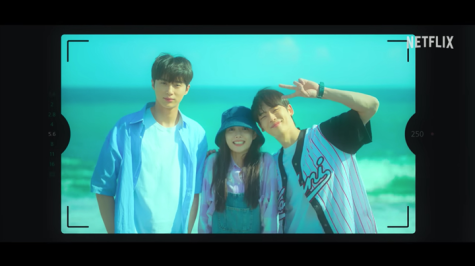
Additionally, the major plot points and important moments in the movie had blue lighting as well. An illuminating color which lifts a weight from our eyes, it highlights certain memories that an older Bo-ra remembers more clearly. This clever use of lighting felt like hypnosis of sorts. As soon as I saw these scenes, my emotions settled into a steady stream. It felt like a pillow was cradling my head.
Many times, I felt worried that this film would take a predictable route with either Bo-ra falling for Hyun-jin or for his best friend, Poong Woon-ho (Byeon). A predictable plot point did happen with Hyun-jin falling for Bo-ra, and I did expect Woon-ho confessing his feelings for her as well.
Throughout these scenes, a hazy orange lighting represented the “haze” love puts a person under. This was a brilliant choice, for it effectively conveyed the strong emotions and feelings the characters would feel. Whenever I saw this lighting, my eyes would actually hurt a little; the strength of the light being a bit too much to handle. This is reflective of how the characters felt, especially with Bo-ra’s furious, impassioned reactions to Hyun-jin asking her out.
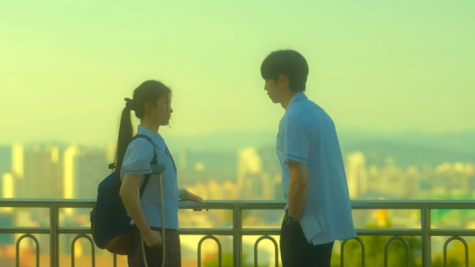
Hyun-jin started falling for Bo-ra after she showed how strong and independent she was, hence the lighting used during the confession and when he bought some mulberry extract for her. The orange lighting represented the infatuation that blinded him. This is most emphasized when he was abruptly dropped into reality when she rejected him, for all his scenes with her thereafter were in blue lighting (which, as a reminder, symbolizes friendship).
Most of Woon-ho’s scenes with Bo-ra were also in orange lighting to show how he similarly felt about her. The moment they shared in the storage room on a school trip or when he tells her that he works across from her family’s video shop—both of these moments are important in the development of their relationship. Orange showed the intensity of the characters’ feelings, making us feel the intensity as well.
In the end, Bo-ra ended up liking Woon-ho back, and they finally started dating. Like before, these scenes were filled with hazy orange, representing the utter infatuation they felt for each other. However, upon Yeon-doo returning from the U.S., it was revealed through a flashback that the person Yeon-doo had thought was Hyun-jin was actually Woon-ho.
In short, Bo-ra and Yeon-doo had feelings for the same guy.
What struck me most about the love triangle was how it was resolved. I totally expected Yeon-doo to end her friendship with Bo-ra (or at least distance herself from her) after finding out the truth, but then she says, “If [Poong Woon-ho] gets in the way of our friendship, I can let go of him a hundred or even a thousand times. [But] I care about you the most.”
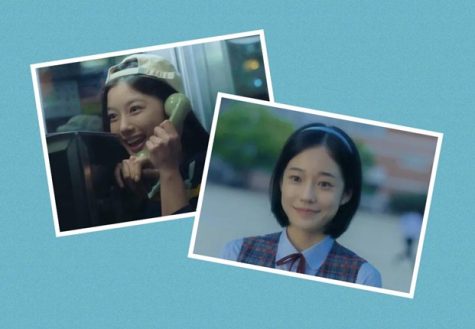
While this scenario might seem lame to others (as a supporting character is conveniently letting go of their feelings for the main character’s sake), this particular scenario greatly emphasizes the importance of friendship, which is a central theme in other popular K-dramas like “All of Us Are Dead,” “Hospital Playlist,” and “Prison Playbook.” As someone who deeply values her friendships (and has never been in a romantic relationship), I found the route taken to be refreshing and realistic, especially during a time when people are celebrating “Friendsgiving” or posting Instagram pictures of their friend groups having fun.
Despite the truly touching emphasis this film put on friendship, however, the real kicker was the end.
After the love triangle was resolved, Bo-ra tried to find Woon-ho again after she learned he was moving to New Zealand to be with his mother and five-year-old brother, and she ended up doing so with Yeon-doo and Hyun-jin’s help.
In the goodbye scene, the orange lighting makes its return on a sadder note. Logically, we expect the scene to have blue lighting, but it wouldn’t fit. The orange is a way to show how they were so in love with each other that the entire rest of the world didn’t seem to matter. Bo-ra was hyper-focused and hoping she would get at least that one last goodbye. The scene darkened as Woon-ho left to show reality setting in. As he did, she reminisced about all the little things she had noticed about him before. One of those little things was his camera.
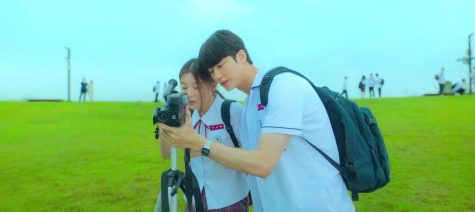
Cameras are an important part of the movie. We get to know more about Woon-ho through his perception of the world as he sees it. Cameras usually symbolize past memories, showing that he wanted to remember and record as much as he could so he wouldn’t lose those memories. This is something many of us can relate to in the age of smartphones and social media.
After this scene, they kept in touch through email as long-distance lovers do, and Bo-ra happily celebrated the new millennium by reading a particularly heartfelt message from Woon-ho. But after a while, the emails stopped coming, and it was revealed through a voiceover that Bo-ra never saw Woon-ho again.
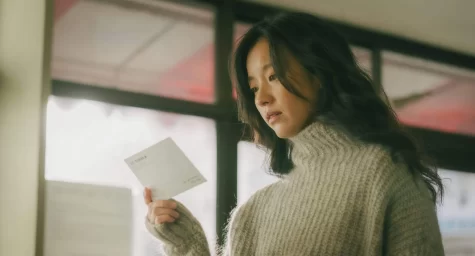
When the film cut to black, I was left reeling. I had gone into this experience with the mindset that I’d try to find a unique angle from which I could write this review from, but as the film progressed, I let myself go, because the only way one can write a review is by fully experiencing the effects, the sounds and the storytelling.
While most CVHS students may not relate to the great love experienced by Na Bo-ra and Poong Woon-ho, they will most certainly relate to the sorrow of it ending so quickly. If you have something good in your life, you want to keep it going for as long as you can. The very idea of losing that good, pure thing sends most of us into a panic. But the reality is that no matter how much one tries, no one will ever have it perfect.
No one has a pain-free life—we all have our problems we must deal with. “20th Century Girl” demonstrates just that. Two teens fall in love, but practical situations force them apart, never to be together again. It works the same way with other relationships.
One day, you might have a deep, fulfilling conversation with someone about a shared favorite interest, but you never see them after that. After all, you never knew each other. But you did in that moment, so you cherish it. However, you don’t try to go back to it. What happened happened, but it’s time to move on. Find new people to talk to. Find new connections to make.
Life will go on whether you want it to or not.
—
Manizeh’s rating: 9/10 stars. To K-drama fans, this is definitely a film to add to your watchlist. Would also highly recommend to those who are hopeless romantics or those who just need a good cry. Tight, clean storytelling is always a plus, though there are cliché plotlines and unresolved endings. Even so, the utilization of unique character traits against the film’s dreamy backdrop kept the scenes enjoyable. Finally, it serves as a nice way to escape reality—for the first 90 minutes. The last 30, on the other hand? Just a cruel reminder that things don’t always go our way.
Nicole’s rating: 10/10, no doubt. I recommend watching this for a good long cry. The open ending and heart-wrenching conclusion is so beautifully done. The amount of symbolism in this movie will make you cry. For people who love a solid, funny love story, this is the movie for you. But be warned: the ending is a painful, very painful, reminder of real life.
“20th Century Girl” is available to watch on Netflix in all regions. The trailer can be viewed below.
Your donation will support the student journalists of Carnegie Vanguard High School. Your contribution will allow us to cover our annual website hosting costs and fund field trips, competition fees, and equipment. We appreciate your support!
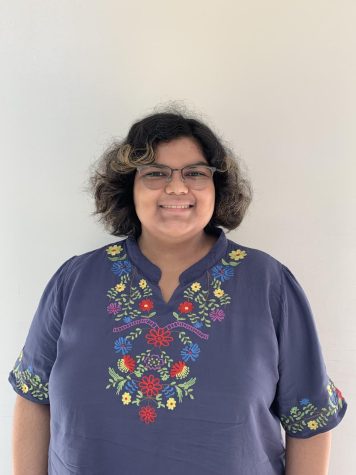
Manizeh Rahman is a senior at CVHS. In her free time, Manizeh enjoys watching K-dramas, making digital art, writing, and listening to music. She also loves...
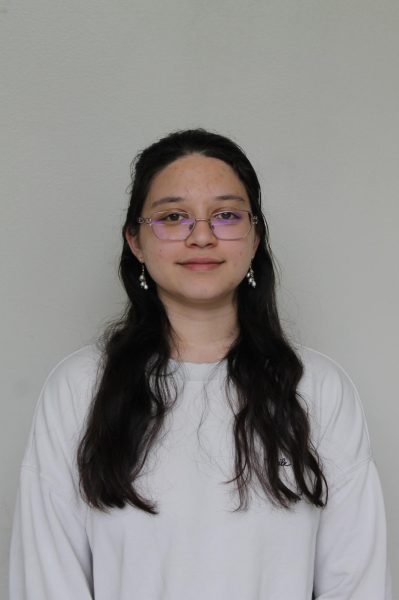
Nicole Rodil Suarez is a current senior here at CVHS. Some tasks that she enjoys doing out of school are reading, specifically fiction, baking with her...


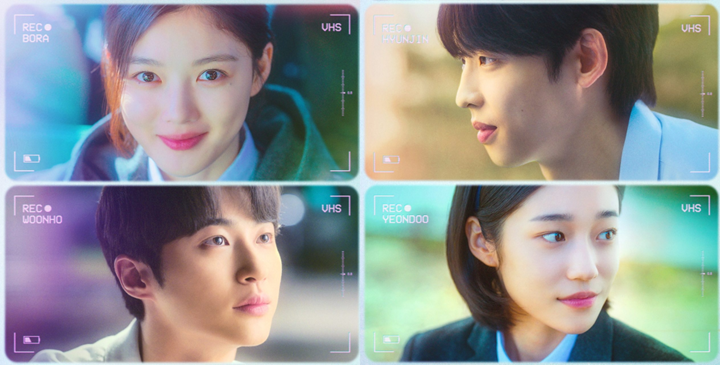
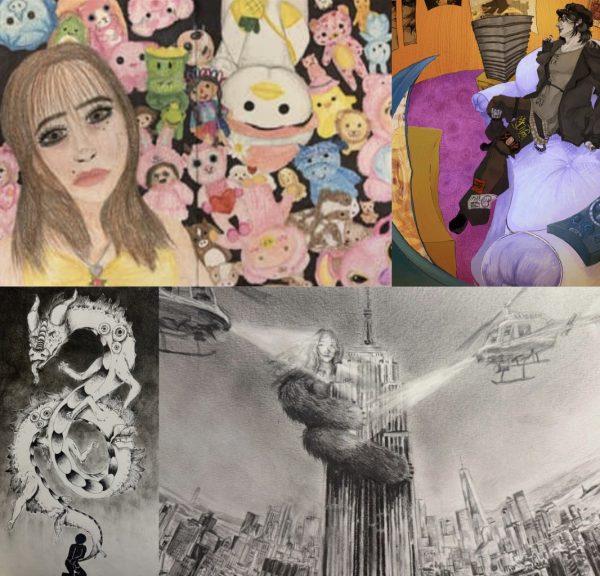
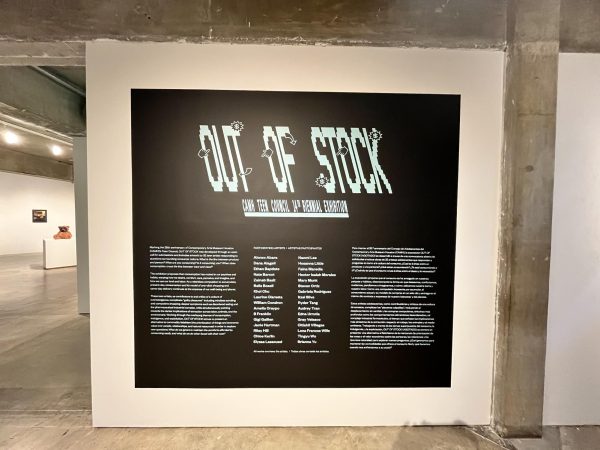
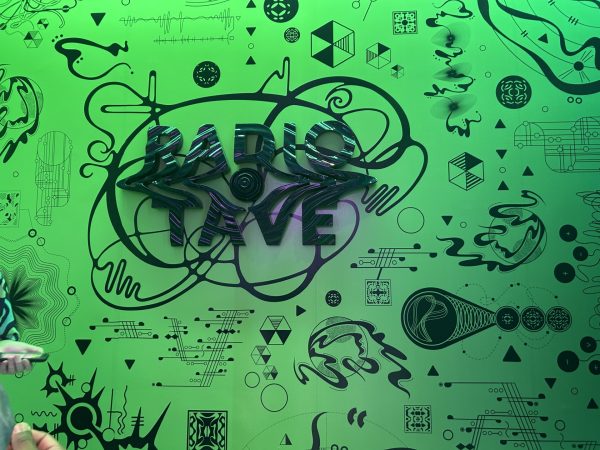
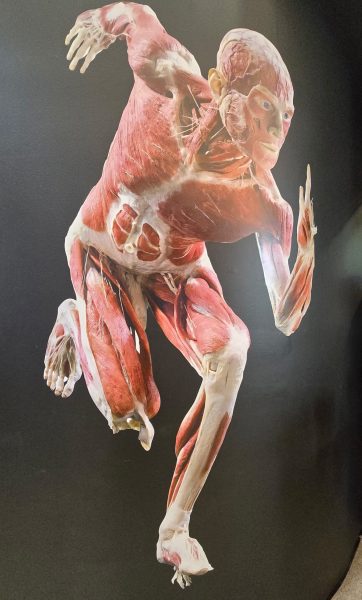
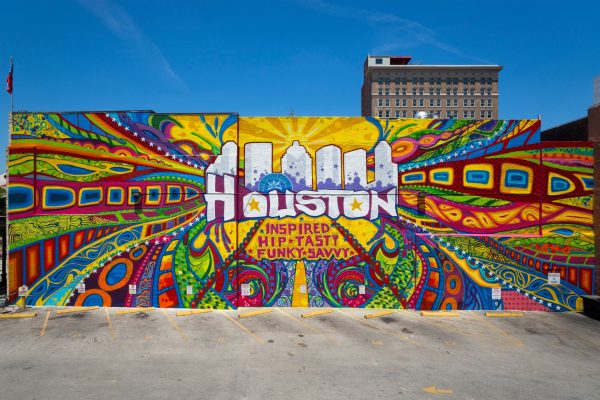
Jingyuan Fan • Nov 14, 2022 at 5:12 pm
I love how you’re able to portray the imagery and emotions of the movies and present them all in a newspaper article. Very well done!